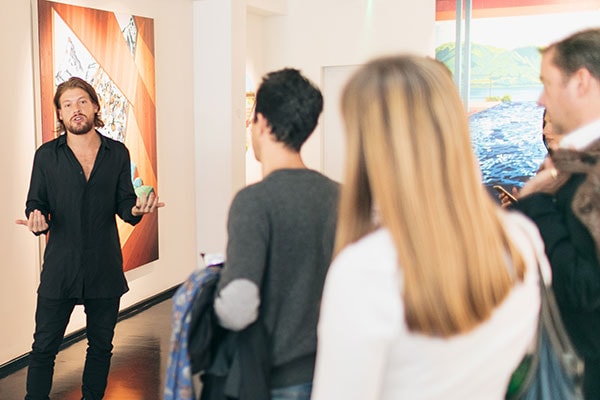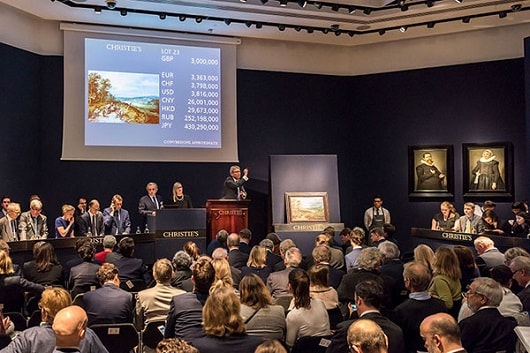
Studying with us
We are the only academic institution wholly-owned by an auction house. Our programmes have been developed to provide focused and intensive training for students looking for a career in the art world.
Start learning now with our filmed online courses. Study at your own pace to earn a certificate from Christie's Education.

We are the only academic institution wholly-owned by an auction house. Our programmes have been developed to provide focused and intensive training for students looking for a career in the art world.

The faculty is committed to original research, and publish widely both in the UK and in the US where the institute has strong links with leading academic institutions and public collections through important shared research projects and initiatives.

Christie’s Education offers personalised learning for individuals as well as bespoke programmes uniquely designed for organisations that provides unparalleled access to our art world knowledge and expertise.
If you would like to receive regular email updates about Christie's Education courses, events and other news, please provide your contact details below.